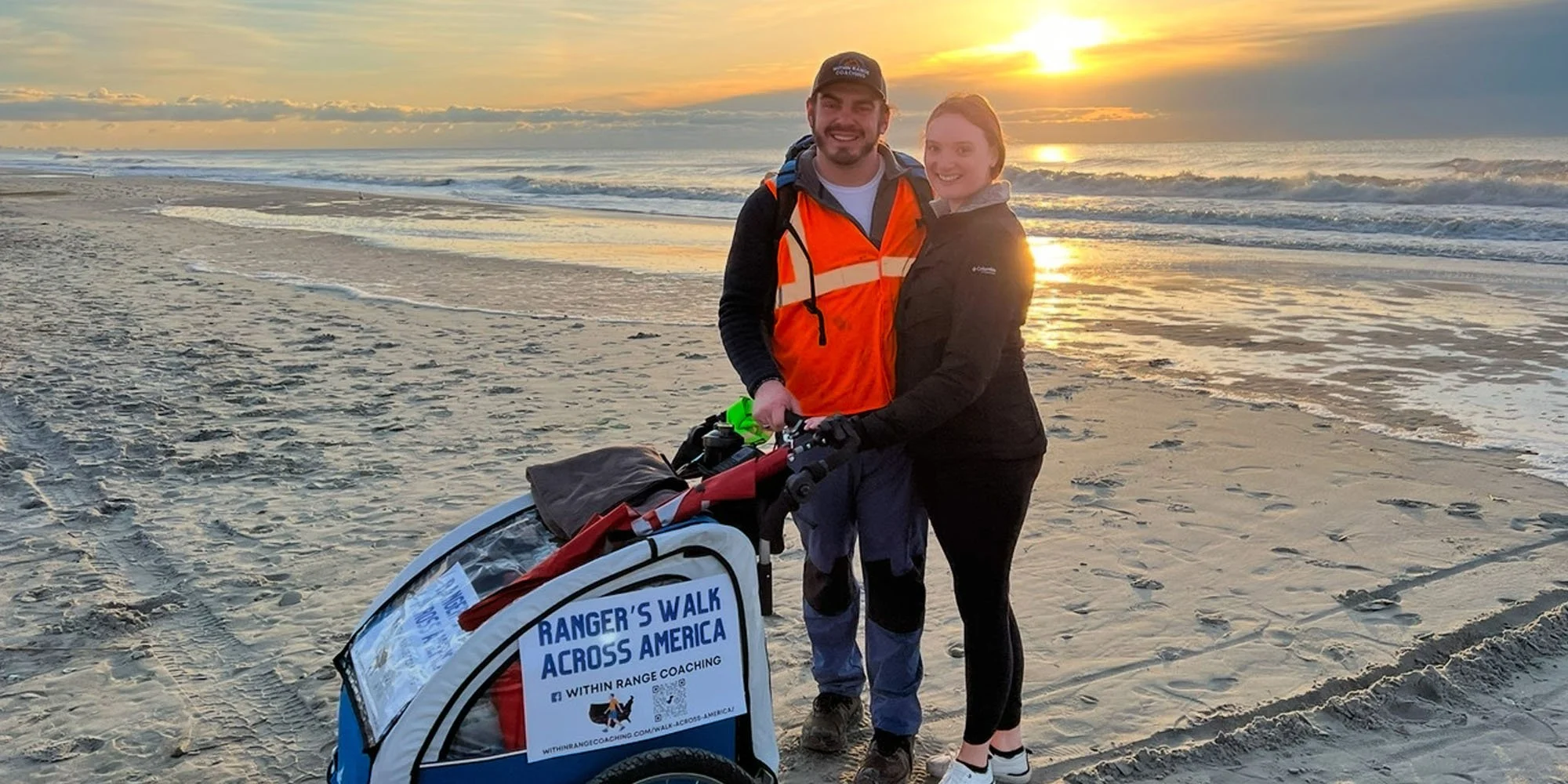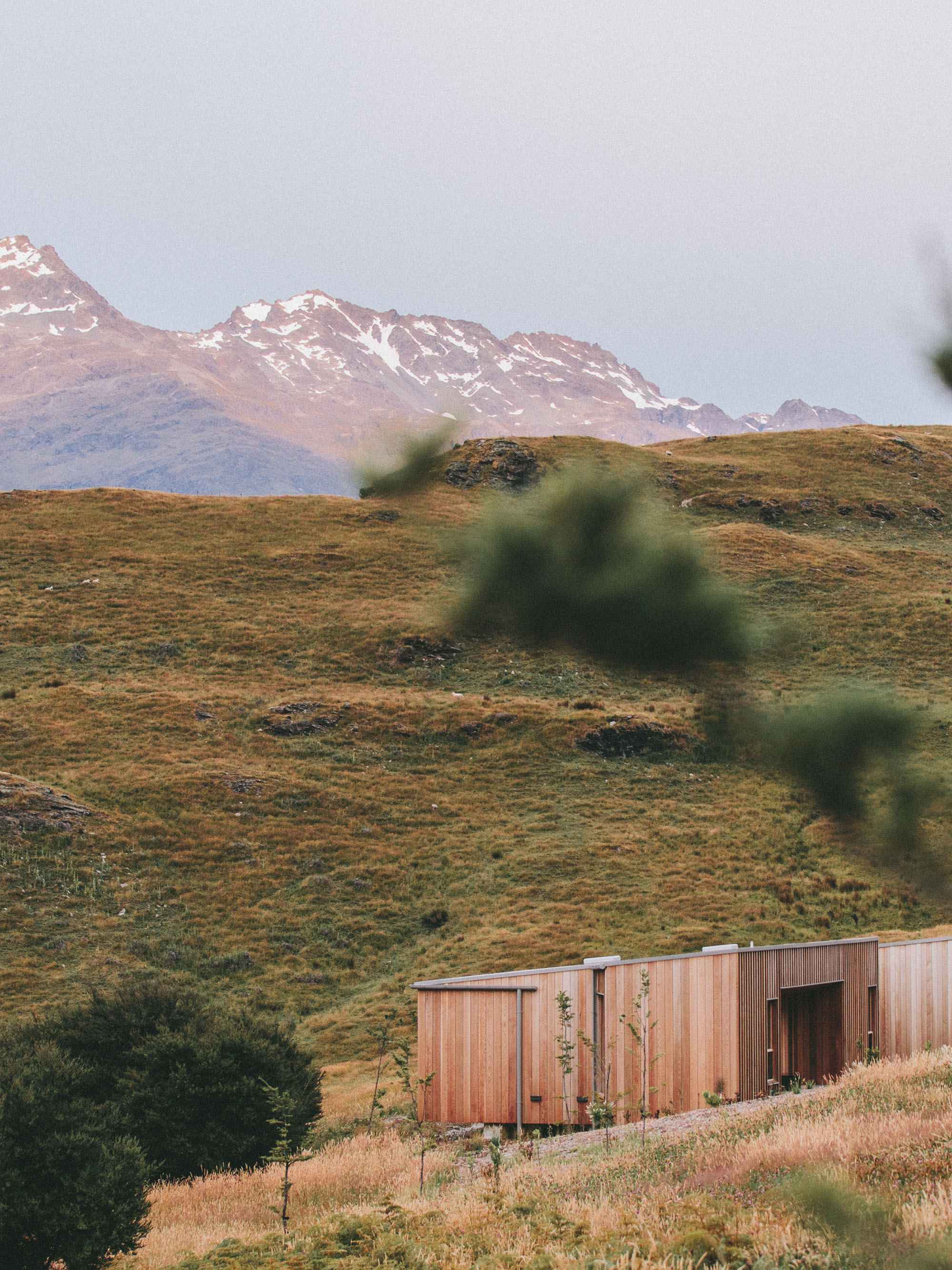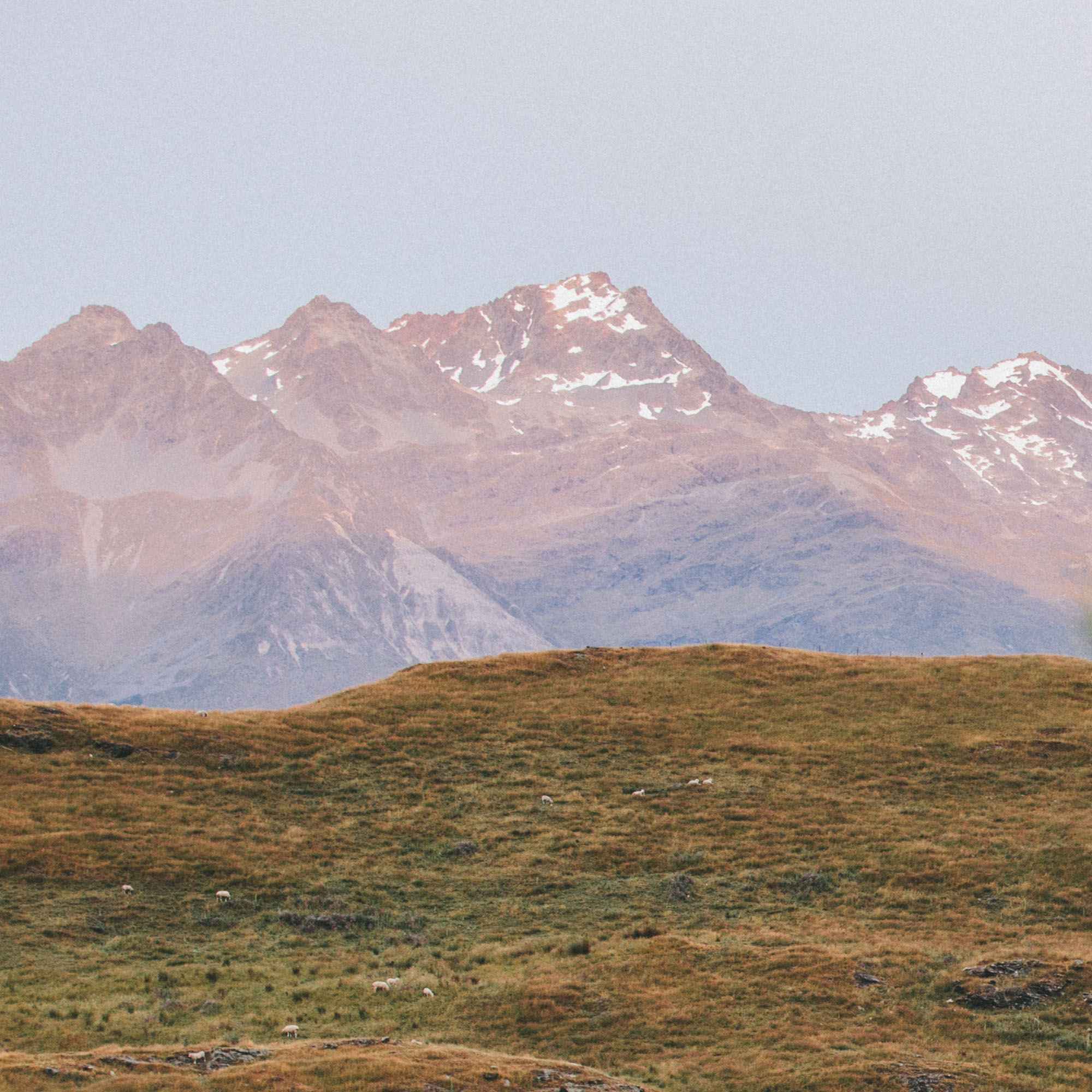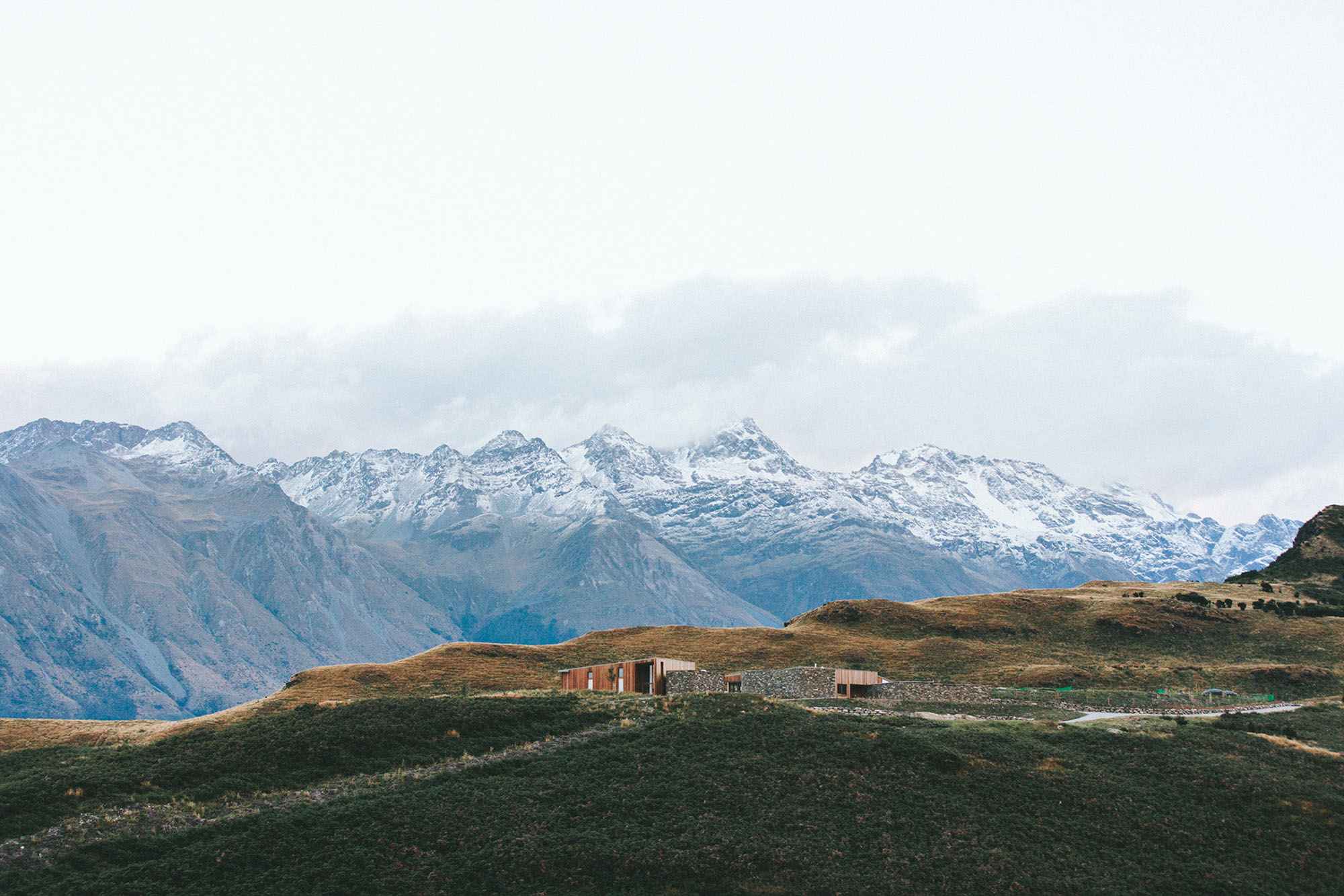What I’d Do Differently: 5 Fundraising Lessons From Walking Across America
What I’d Do Differently: 5 Fundraising Lessons From Walking Across America
By Andrew “Ranger” Kielak | Guest Contributor for Black Diamond Benefits
In 2024, I walked from Myrtle Beach, South Carolina to Los Angeles, California. Yes, I walked, on foot, alone.
2,642 miles.
5.5 months.
3 charities.
1 cart.
And more blisters than I can count.
Along the way, I met countless changemakers and everyday heroes doing amazing things in their communities. People who stopped on the side of the road to donate a few bucks or just offer a word of encouragement.
With the help of an organization called Wander Project,I raised $8,500 for three nonprofits close to my heart:
It was meaningful. It was powerful. But looking back with some hard-earned hindsight… I know I could have done better.
Here are 5 lessons I wish I had known before I took that first step—and how you can apply them to your own nonprofit fundraising efforts.
Too Many Causes = Too Much Confusion
I care deeply about all three of the nonprofits I raised money for. But trying to explain all of them at once? It got messy.
People would ask:
“So what’s the money going toward?”
“Can I choose which one to support?”
“Why does the donation page say Wander Project?”
I even fumbled through the explanation sometimes. And when the story isn’t clear, the impact gets lost.
If you’re a nonprofit with multiple programs, my suggestion is this: focus on one outreach opportunity at a time when talking to donors. You don’t need to share everything your organization does. Instead, clearly pick one piece of your mission that aligns with the moment.
That’s how people know:
“People like us, do things like this.”
When you keep the story focused, the decision to donate becomes easier.
2. My Pitch Was Missing the Story
For the first few weeks of my walk, I didn’t have a strong pitch. I had the basics: who I was, where I was walking, and the names of the nonprofits. But it lacked heart. It lacked impact.
Eventually, I started getting better at telling the stories behind the causes:
FFA taught me leadership as a high schooler in a small town. I knew that even $100 could help a student start their own ag project and believe in themselves.
Bigger Than the Trail helps cover the cost of therapy for people struggling with depression, anxiety, or PTSD—folks who might not otherwise get the support they need.
The Hospice Promise Foundation helps families during some of life’s hardest chapters—when a loved one is in hospice care. Their support allows families to focus on spending meaningful time together, rather than worrying about unexpected expenses.
When I shared those stories, people leaned in. That’s when strangers would pull over, offer water, or donate on the spot. The “what” mattered—but the “why” moved them.
And again—trying to do this for three causes at once made it a lot harder. If I had focused on one, I could have refined the storytelling even more.
Lesson learned: Fundraising isn’t about what you’re doing—it’s about why it matters.
3. My Fundraiser Reset to $0—Twice
I used Facebook to host my fundraiser. What I didn’t know? Fundraisers there can only last three months. Since my walk was five and a half months long, I had to restart it mid-journey—twice.
Each time, the total reset to zero.
That meant I lost all the momentum I had built up. One day I was $4,500 in. The next? Back to $0. And to anyone new visiting the page, it looked like I hadn’t raised anything.
I also had to constantly update broken links on my site, social bios, and podcast episodes. I still wonder how many people clicked an old link, saw it didn’t work, and never came back.
Choose your platform carefully. Use one that keeps a running total, gives you backend access, and supports long-term campaigns. You’re already doing the hard part—don’t let your tech stack trip you up.
4. Big Goals Can Backfire
I wanted to raise $100,000. I thought it was bold, ambitious, and inspiring.
But then someone said,
“I’d donate $5, but that’s just a drop in the bucket for what you’re trying to do.”
That hit me. Hard.
I realized a huge number like $100k can actually discourage people from giving. It makes their donation feel insignificant. They think, “Why bother? This won’t make a dent.”
Especially when there isn’t prior proof of impact or reaching the goal.
If I had started with a $10,000 goal, I could’ve hit 45% within the first month. That momentum would’ve gotten people excited—and excited people share, donate, and get others involved.
Set a goal you can hit. Celebrate. Then raise the bar.
5. Perfection Led to Paralysis
In the early days, I posted way less than I should have. I was so focused on writing the perfect caption, recording the perfect video, fixing typos, and making everything polished that I didn’t post.
When I did finally start sharing the messy stuff—the wind-blown hair, the road dust, the real moments—that’s when people started connecting.
You don’t have to be perfect to be powerful. People want real. Give them what they want.
Fundraising is a human endeavor. And the more human you can be, the more your audience will care.
Final Thoughts: Fundraising Is a Skill, But It’s the Execution That Separates Good from Exceptional
If I could do it over, I’d keep the heart. I’d keep the mission. But I’d tighten the message.
Because the truth is, fundraising isn’t just about effort. It’s about clarity, timing, and trust.
The story doesn’t have to be perfect. But it does have to land.
And when it does, that’s when the impact really begins.
About the Author:
Ranger Kielak is a Holistic Success Coach and host of The Never Peak Project podcast. After walking across America in 2024 to raise money for three nonprofits, he now helps leaders bring their mission to life through bold storytelling, sustainable growth, and real impact.










